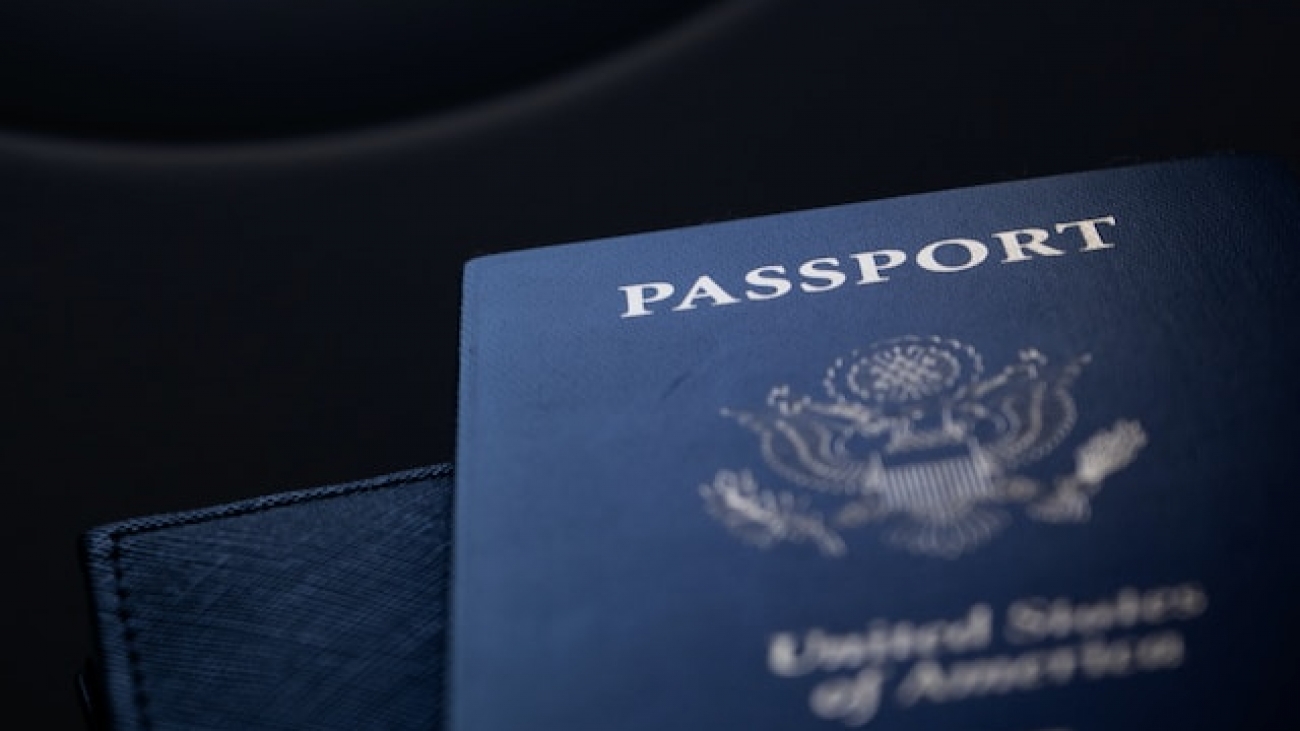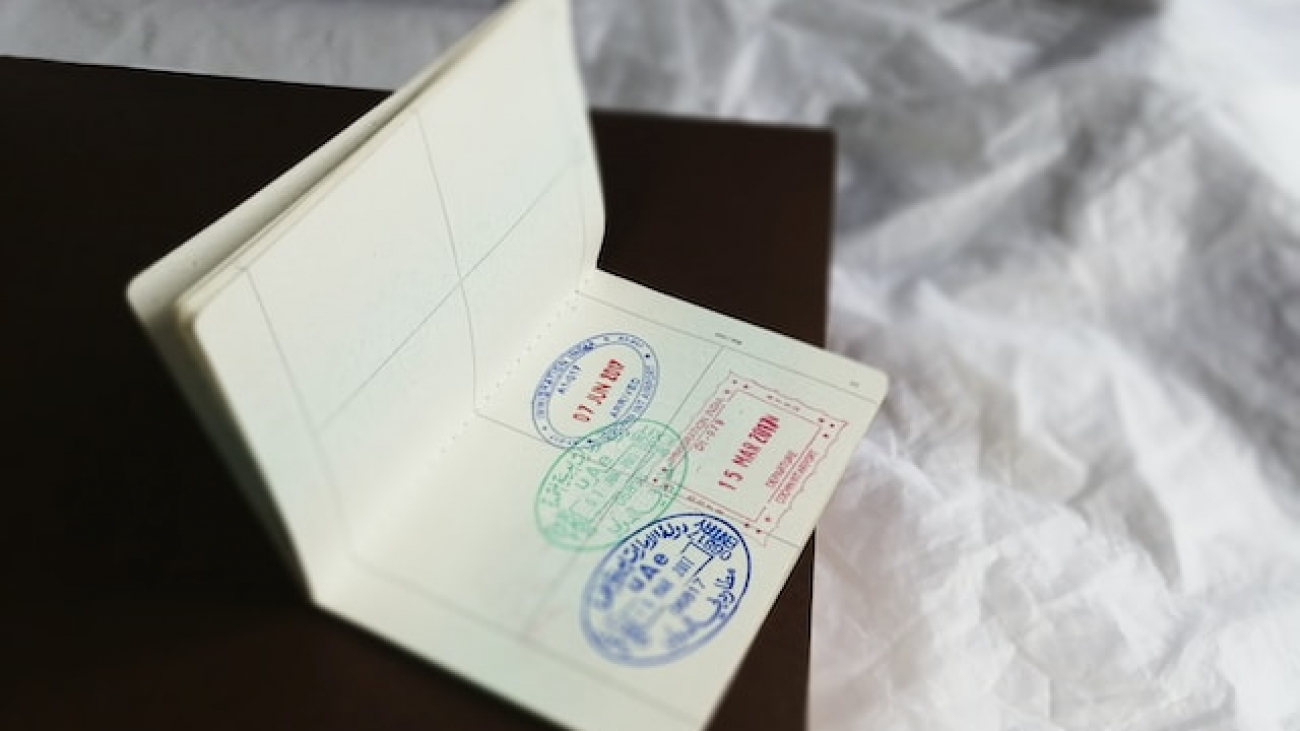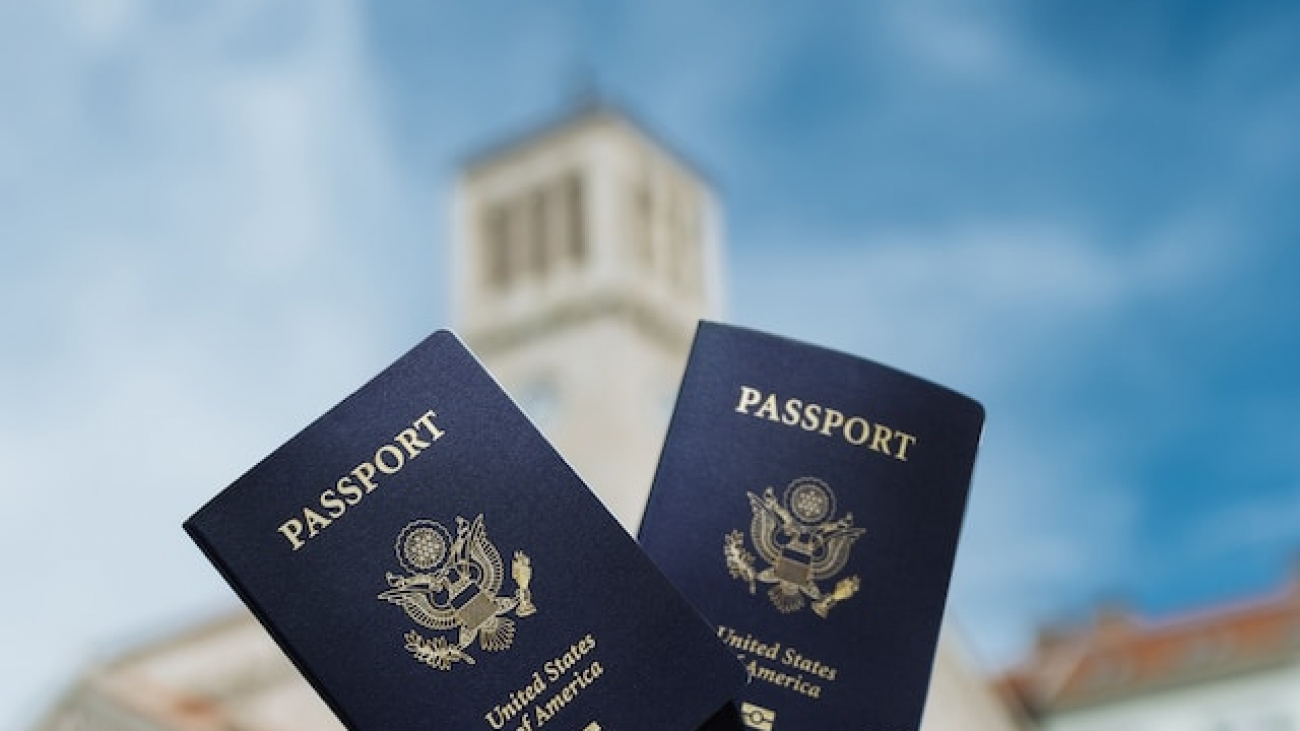If you are in a committed relationship but not legally married, you may still be able to apply for a U.S. visa as a couple. However, it is important to note that the specific visa options available and the requirements may vary depending on the circumstances and the visa category. Here are a few possibilities to consider:
- B1/B2 Visitor Visa: Both partners can apply individually for B1/B2 tourist visas and mention their relationship as a couple during the application process. Each applicant will need to demonstrate their own strong ties to their home country and provide evidence of the purpose of their visit to the United States. It is essential to be honest about your relationship and provide any supporting documentation that can help establish your connection as a couple.
- Fiance(e) Visa (K-1): If you plan to marry your partner who is a U.S. citizen, you may consider applying for a K-1 fiancé(e) visa. This visa allows you to enter the United States to marry your U.S. citizen partner within 90 days of your arrival. After marriage, you can apply for adjustment of status to become a lawful permanent resident (green card holder).
- Partner Visa (e.g., F2, J2): If your partner holds a non-immigrant visa, such as an F or J visa, you may be eligible to apply for a dependent visa (F2 or J2) as their unmarried partner. However, eligibility criteria and the process may vary depending on the specific visa category and the sponsoring partner’s status.
- Common-Law Marriage: In some cases, if you are in a recognized common-law marriage in your home country, you may be able to present evidence of your relationship and apply for a U.S. visa as a spouse. However, it’s important to note that common-law marriage is not recognized in all U.S. states, and each case is assessed individually.
It is crucial to thoroughly research the specific visa options and requirements applicable to your situation. Consider consulting with an immigration attorney or reaching out to the U.S. embassy or consulate for accurate and up-to-date information on the visa category that best suits your circumstances.




